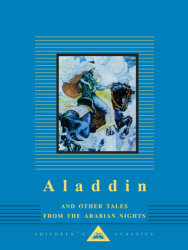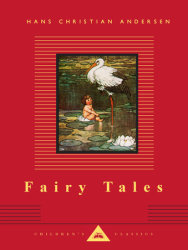W. Heath Robinson

WILLIAM HEATH ROBINSON (1872–1944) was the youngest of the three artist sons of a wood engraver. Born in Hornsey Rise, north London, he studied at Islington School of Art and briefly at the Royal Academy Schools. His grandfather, Thomas Robinson, had been a bookbinder working in Newcastle for the famous wood engraver, Thomas Bewick, and subsequently took up engraving and illustrating himself. It is not surprising, therefore, that all three brothers—Thomas, Charles and William—became book and magazine illustrators. William was still in his twenties when he was commissioned, with other young artists – Helen Stratton, A.D. McCormick, A. L. Davis and A. E. Norbury – to illustrate a collection of stories from The Arabian Nights, published in 1899. William’s contribution was by far the largest and the best, demonstrating the beauty of line and composition that characterized his illustrations for other literary classics.












